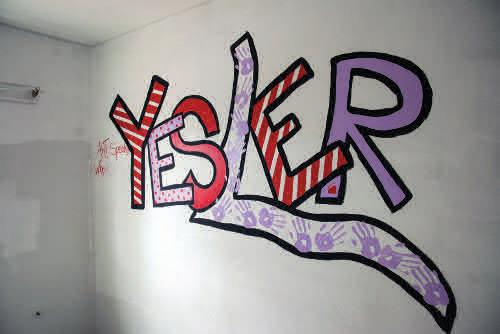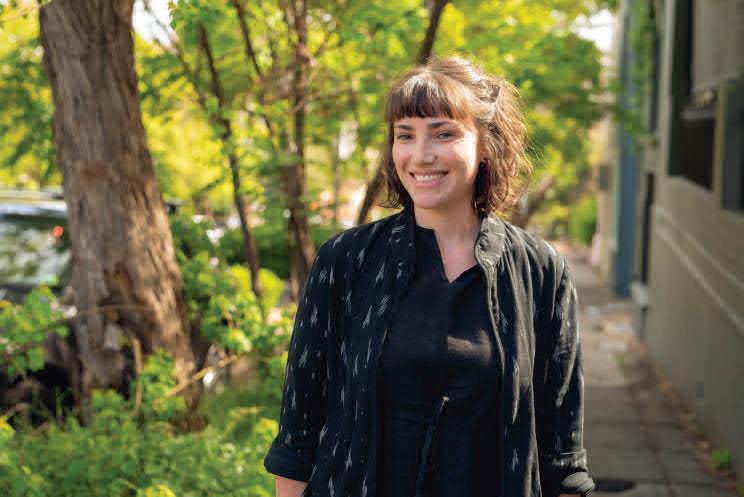
1 minute read
Addressing racial, socioeconomic, and other structural injustices
from Yesler Arts
by hey_terry
Yesler Arts' integrated and systemschange approach to programming works to establish and institutionalize higher standards of care and living for residents, develop shared values, and help all stakeholders envision better quality of life for all. The nuanced and thoughtful way that artists were selected, developed programming, became embedded in the Yesler community, and supported resident leadership begins to address long-standing inequities based on race, class, ability, and more. Due to the foundational bias and injustices baked into U.S. institutions, working class people, Black people, people with disabilities, women-headed households, and others are more likely to experience economic oppression that requires public or subsidized housing assistance. As a result, supporting resident leadership and increasing access to services, programming, and other quality of life issues are inherently equity issues. The Citizen Review Committee structure of Yesler Terrace’s redevelopment increases resident voice and representation in the development of Yesler, and the arts programming is an extension of that work. Yesler Arts alleviates community development fatigue, creates more access points into the process, and allows for strategy and experiences to organically generate resident ownership and engagement. Fundamentally, responsive arts programming can help institutions develop systems for residents to take more ownership of their lives.
CASE STUDY: SEWING WORKSHOPS
Advertisement
Initiated by nonprofit Muses and then led by artist Malia Peoples, this program included popular sewing workshops for residents with an evolving series of extracurricular activities such as visits to manufacturing sites and sewing supply stores, presentations by small business owners, paid sewing opportunities, and chances to give back to the community in PopUp Sewing Events. Over several years, group participants would form a supportive micro-community despite differences in cultural background, experience level, and personal interest. Driving the program was a commitment to tailor to resident needs. Frequent focus groups, individual check-ins, and paid resident leadership roles led to ongoing changes that were both structural, such as moving the location from a downtown sewing studio to a residential building community room, and curricular, such as transitioning from garment creation to a focus on mending and alterations, which more accurately reflected participant interest. This approach reflects a commitment to addressing injustices so often experienced by low-income populations. Not only should residents have access to programs that provide quality social and economic opportunities, but resident involvement should also be prioritized in myriad ways that give participants more choice, access, and agency -- key building blocks in an equity-driven approach.





